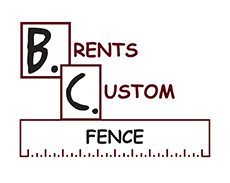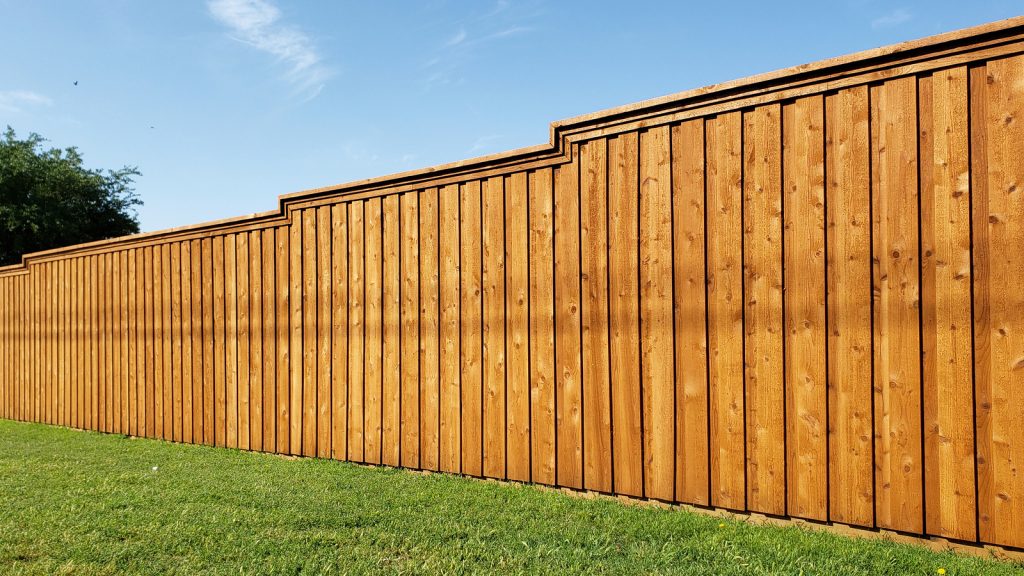Introduction
Planning to put up fences in your yard? Building a new fence may be challenging and expensive, and you must also follow proper maintenance habits to make them long-lasting. But fencing is a necessity for every homeowner. And make sure to invest in the one that will last for years.
Many people end up making grave mistakes while installing a fence for their dream home, which is costly! You don’t want to waste thousands of dollars due to wrong fencing methods. Don’t worry; we are at your rescue! In this article, we will discuss how you can overcome such huge unwanted expenses.
We have also mentioned the possible steps you should take to avoid these common and often expensive fencing mistakes.
Measure Twice, Cut Once
Measure your fences accurately beforehand, even before you begin with the planning and preparation for your fence installation. It is a crucial step, and you should get this right to avoid unforeseen expenses. Take the proper size and dimensions of the area you want to install your fences. Also, consider the height of the fence.
Double-check that your fence posts are of the right length. It will ensure the right size of fence holes you need to make so that the posts fit them perfectly. If fence posts are not long enough, there’s no point putting up fences in the first place, as they won’t serve the intended purpose. Besides, if you wish to make custom cuts and sizes, take the measurements accordingly.
Choosing the Right Materials and Tools
Another common error newbie homeowners often make is choosing the wrong fencing materials and tools. Try investing in wooden fence, or aluminum fences, especially if you live in a wet coastal or humid area, even though they might be a bit higher in cost.
On the other hand, wood fences tend to last longer in dry climates, but they require more maintenance. You can consult a professional fencing contractor to learn about the best material and texture of your fence suitable for your home and your personal preferences. Needless to say, invest in good quality material to make your fence last longer.
Similarly, make sure to use the right fencing tools, especially if you are DIY-ing your fence installation. Invest in the right tools, including chisels, point crowbars, levels, wire cutters, chainsaws, crimping tools, etc. Unless you are an expert, we advise you to hire a fencing professional who will know the right tools to make your fence installation a success.
Don’t Forget the Permits
Before installing your fences, be aware of the legal restrictions of your state or local government. You must remain compliant with the necessary legal requirements for building a fence. For example, you should learn your exact property lines to ensure your fences are not overlapping your neighbor’s property.
Also, seek proper permission to gain a legal permit for digging and installing the area you want to put your fence. Besides, get a thorough inspection of your utility and power lines from a utility company. It helps ensure you are not disrupting any plumbing or electricity line during the fence building and digging operations.
Proper Installation Techniques
Ensure your fence is built to last long by employing the right techniques and best installation practices. For instance, set your posts correctly and ensure they are properly aligned. Align your fence posts in the appropriate position using either concrete or gravel.
It helps to give your fences the strength they need by securing them to the ground. Otherwise, your fences may collapse or get crooked over time. Your fences should be able to withstand the following climatic conditions:
- Hurricanes or tropical storms
- Blizzards or heavy snowfall
- Derechos
- High winds
- Severe thunderstorms
- River, lake, or coastal flooding
Maintenance Matters
Fences are subject to gradual wear and tear due to continuous exposure to weather changes, temperature changes, rain, etc., and are often prone to dirt accumulation over time. You need to follow regular maintenance and care to keep your fences functional, strong, and aesthetic for a long time.
The golden rule is to clean your fences every 2 to 3 years to remove moss, dirt, graying, and mildew. To add extra polish to your fences and make them look great, consider re-coating them with a UV-inhibiting, water-resistant coating. After repairing, scrape off any loose paint until you can see the wood beneath, and remove any moss. Cleaning your fences with a pressure washer would be a good idea.
Here are four maintenance tips to prevent fence aging:
- Paint your wooden fences every 2 to 3 years, or restain them every 5 to 6 years.
- Avoid moisture by clearing the surrounding area of the fence. Remove debris like dead leaves, etc., as they may trap moisture, resulting in fast rotting and mold growth.
- Avoid adding pressure or leaning things against them, as added weight may cause your fence to lean, bend, or warp over time.
- Perform regular inspections for termites, cracks, molds, and other visible damages. Address these issues on time before they spread and start damaging your fence.
How can BC Fence help you?
If you want professional help, try the fence installation services of B.C. Fence. We are professional and skilled in this industry. So, the next time you consider installing a fence for your home, give us an opportunity to turn your dream yard into a reality. Just tell us your requirements and leave the rest to our professional team. Contact us and get a free estimate today.
Final Words
To conclude, whether you have confidence in building it yourself or wish to seek help from fencing experts, you need to avoid the aforementioned fencing mistakes to avoid any unwanted stress and unforeseen costs. Because this is a long-term investment, and the last thing you want is an improperly fitted fence. Consulting professional Austin fence contractors would be a wise idea to maintain perfection and make your fences look aesthetically pleasing.
FAQs
How do I properly prepare the ground for fence installation?
Clear the area of debris, ensure the ground is level, and mark the placement of posts accurately. Proper ground preparation helps in achieving a stable and well-aligned fence.
What are the potential issues with improper post spacing, and how can I avoid them?
Improper post spacing can lead to a fence that is unstable or sagging. Measure and mark post locations carefully according to the fence type and material, and use a level to ensure posts are aligned correctly.
How can I avoid issues with fence alignment and leveling?
Use string lines and levels to check alignment and ensure posts are set at the correct height. Regularly check the alignment throughout the installation process to prevent misalignment issues.
How can I avoid issues with fence post stability?
Ensure posts are set in concrete and allow adequate curing time. Dig holes deep enough to support the posts and check for stability regularly during installation.
What are the best practices for proper fence installation?
Ensure posts are set correctly and aligned using concrete or gravel. Follow installation guidelines specific to your fence type and check for local weather conditions that might impact installation.

